TABLE 15-5
What are the factors that determine the acceleration time (in sec.) from 0 to 60 miles per hour of a car? Data on the following variables for 171 different vehicle models were collected:
Accel Time: Acceleration time in sec.
Cargo Vol: Cargo volume in cu. ft.
HP: Horsepower
MPG: Miles per gallon
SUV: 1 if the vehicle model is an SUV with Coupe as the base when SUV and Sedan are both 0
Sedan: 1 if the vehicle model is a sedan with Coupe as the base when SUV and Sedan are both 0
The regression results using acceleration time as the dependent variable and the remaining variables as the independent variables are presented below.
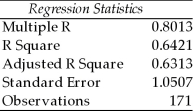 ANOVA
ANOVA

 The various residual plots are as shown below.
The various residual plots are as shown below.
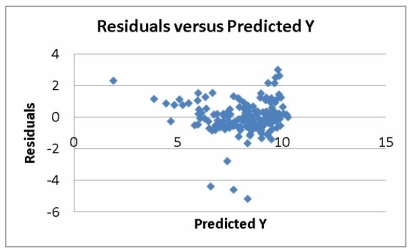
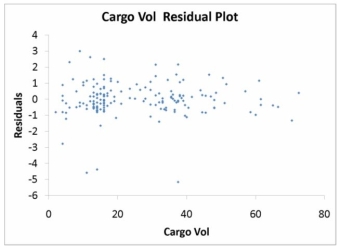
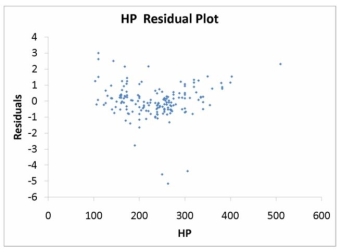
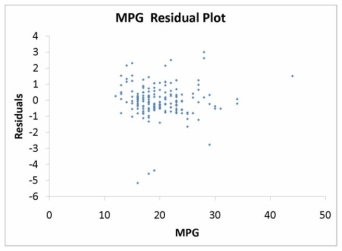
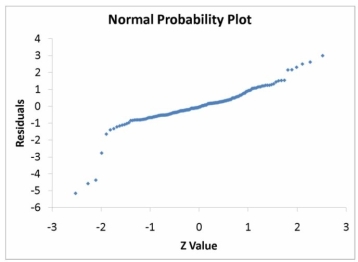 The coefficient of partial determination (
The coefficient of partial determination (  ) of each of the 5 predictors are, respectively, 0.0380, 0.4376, 0.0248, 0.0188, and 0.0312.
) of each of the 5 predictors are, respectively, 0.0380, 0.4376, 0.0248, 0.0188, and 0.0312.
The coefficient of multiple determination for the regression model using each of the 5 variables as the dependent variable and all other X variables as independent variables (  ) are, respectively, 0.7461, 0.5676, 0.6764, 0.8582, 0.6632.
) are, respectively, 0.7461, 0.5676, 0.6764, 0.8582, 0.6632.
-Referring to Table 15-5, which of the following assumptions is most likely violated based on the normal probability plot?
Definitions:
Sensory Receptors
Specialized cells or nerves that detect changes in the environment and send signals to the brain.
Eardrum
The thin, membrane-like structure that separates the outer ear from the middle ear and vibrates in response to sound waves.
Audition
The formal term for the sense of hearing.
Olfaction
The sense of smell, a chemical sensing system that is one of the five traditional senses.
Q2: Algae in the genus Caulerpa typically grow
Q12: Referring to Table 12-2, the calculated test
Q16: The superintendent of a school district wanted
Q54: Referring to Table 17-5, the process seems
Q84: Referring to Table 16-10, the forecast for
Q99: Referring to Table 13-3, the coefficient of
Q103: If the Durbin-Watson statistic has a value
Q114: Referring to Table 13-12, the estimated average
Q189: If the residuals in a regression analysis
Q191: Referring to Table 13-12, you can be